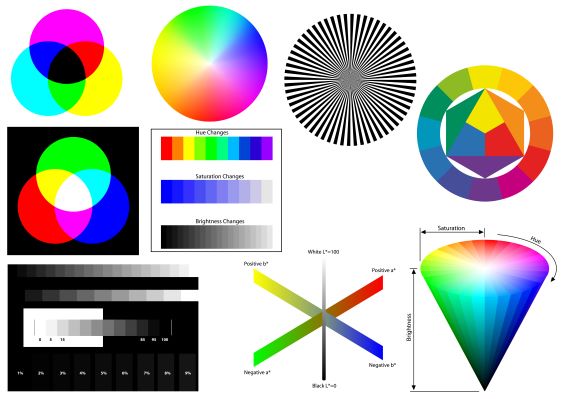Digital Design versus Print Design

What is digital design and print design?
Digital design refers to creating designs for display on a screen, such as websites, apps, games, videos and animations. Print design refers to creating designs for printing on a physical material, such as books, magazines, posters and flyers. Both types of design share some common elements, such as typography, color, layout and imagery. They also have some distinct characteristics that make them unique.
How do these design types differ?
Interactivity – One of the main differences between digital design and print design is the level of interactivity.
- Digital design allows for more user interaction and feedback, such as clicking, scrolling, hovering and swiping. This means that digital designers should consider how users will navigate and interact with their designs. This helps to create engaging and intuitive user interfaces and experiences.
- Print design is linear. Users view and read the printed material, without any direct input or control. This means that print designers must focus more on creating clear and consistent visual hierarchies and messages.
Resolution – Another difference between digital design and print design is the resolution and quality.
- Digital design is measured in pixels per inch (PPI). This determines how sharp and crisp the images and text appear on the screen. The higher the PPI, the better the quality. However, different screens have different PPIs, which means that digital designers must ensure their designs are responsive and adaptable to various screen sizes and devices.
- Print design is measured in dots per inch (DPI). This determines how many dots of ink are printed on a square inch of paper. The higher the DPI, the better the quality. However, different printers have different DPIs, which means that print designers must ensure their designs are compatible with various printing methods and formats. Designers provide digital files that must meet print industry standards, which includes fonts, links, die-lines and bleed. This allows the printing of the materials to be correct and without errors.
Color – A third difference between digital design and print design is the color mode, which affects the display and reproduction of the colors on different mediums.
- Digital design uses RGB (red-green-blue) color mode, which is based on light and tends to be more vibrant.
- Print design uses CMYK (cyan-magenta-yellow-black) color mode, which is based on ink and tends to be more muted.
Therefore, digital designers need to be careful when converting their designs from RGB to CMYK for printing purposes, as some colors may lose their brightness or change their hue.
These are some of the main differences between digital design and print design. Of course, there are many other factors that influence how designers create and present their work for different mediums. By understanding these basic differences, designers can better adapt their skills and tools to suit your needs and goals.
